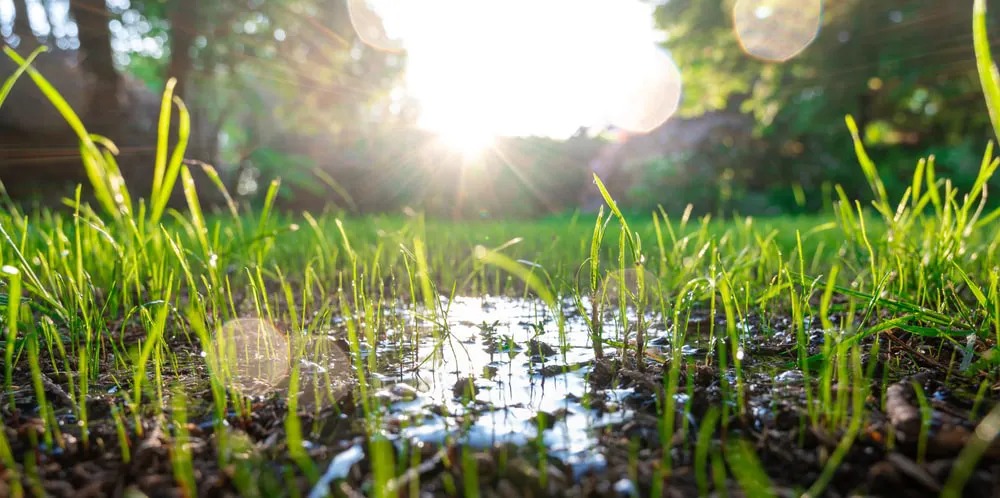Common Water Issues in Litchfield County

40+ Years of Experience
We’ve been servicing wells for more than 40 years in Litchfield County. So when we say we’ve seen it all, it’s probably true. As a homeowner, you may not know much about your well, so we have put together a list of the most common things that you have to worry about with your well and drinking water.
Common CT Water Issues
1. Hard Water Issues: Connecticut’s well water can often be hard, causing problems like scale buildup in pipes and appliances, leading to reduced efficiency and higher energy bills.
2. Iron and Manganese Contamination: Wells in the region may contain elevated iron and manganese levels, causing staining of fixtures, unpleasant tastes, and potential health concerns.
3. Bacterial Contamination: Wells are also susceptible to bacterial contamination, posing health risks. Proper water filtration is crucial to ensure safe and clean drinking water for your customers.
4. Low pH Levels: Litchfield County wells may have low pH levels, contributing to acidic water that can corrode pipes, damage fixtures, and affect the overall quality of water.
5. Sediment and Sand Issues: Wells may experience sediment or sand buildup, resulting in clogged pipes, reduced water flow, and potential damage to water-using appliances. A reliable filtration system is essential to address this problem.

